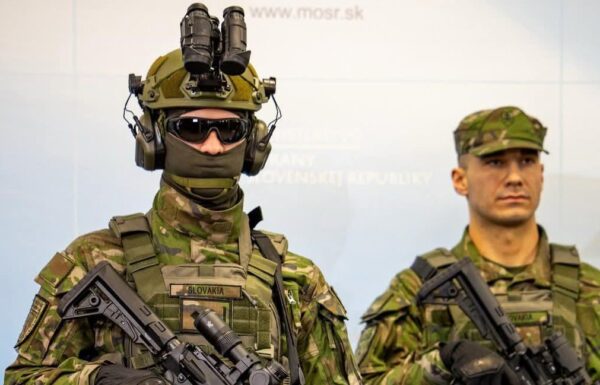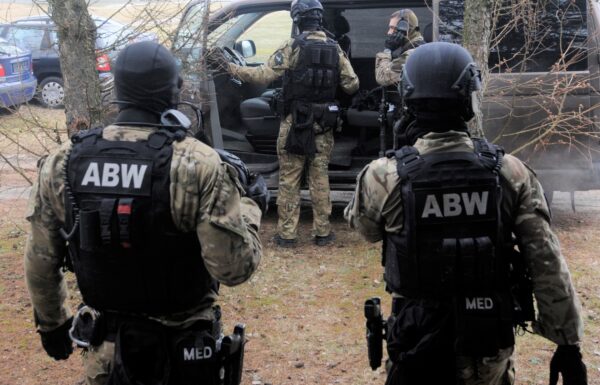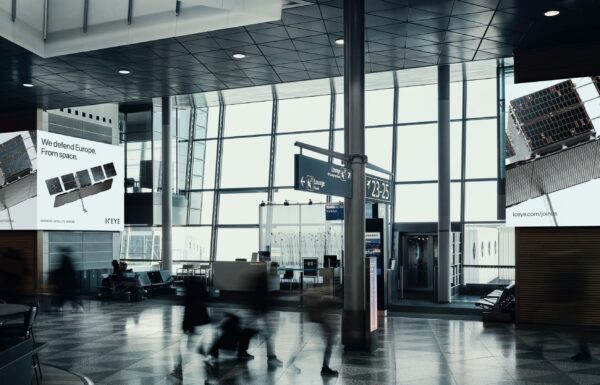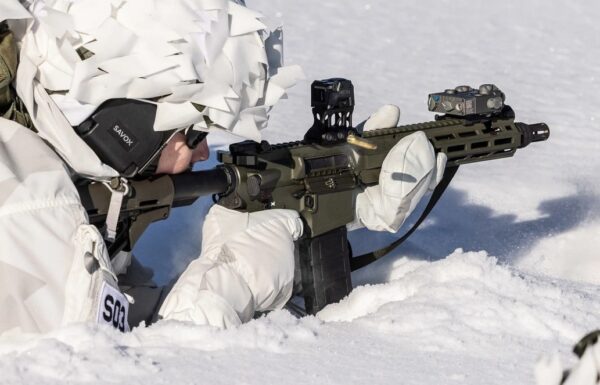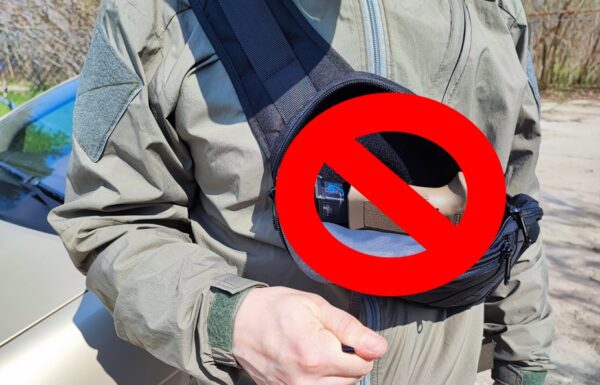On Saturday, June 7, 2025, Minister of the Interior and Administration Tomasz Siemoniak signed a regulation introducing a temporary ban on presence in a designated area within the border zone adjacent to the state border with the Republic of Belarus. The buffer zone has proven effective, and therefore it has been extended for another 90 days. The new regulation came into force on Sunday, June 8.
 Images: Ministry of the Interior and Administration (MSWiA)
Images: Ministry of the Interior and Administration (MSWiA)
The migration pressure concerns foreign nationals from high-risk countries, who, in organized groups—often numbering dozens—attempt to illegally cross the border from Belarus into Poland. Their actions are well-organized and coordinated. The migrants ignore calls to comply with the law, and there have been instances of direct attacks on Polish officers and soldiers, involving the use of knives or other dangerous tools. This pressure has been artificially created by the Belarusian authorities as part of hybrid operations aimed at destabilizing Poland and other European Union countries.
The temporary ban on presence in the border zone ensures the safety of Border Guard officers, police, and soldiers. The extension of the buffer zone will also facilitate work related to the modernization of the border barrier and limit the activity of smuggling groups, in line with Poland’s international obligations.
The number of attempted illegal crossings of the Polish-Belarusian border has decreased
The buffer zone has proven effective. After nearly 372 days of its implementation, the number of attempted illegal crossings of the Polish-Belarusian border has decreased by approximately 28%. From June 13, 2024, to June 1, 2025, nearly 22,500 such attempts were recorded. In the corresponding period before the buffer zone was introduced, there were over 31,200 attempts.
The ban on presence in a designated area within the border zone adjacent to the state border with the Republic of Belarus has been in effect since June 13, 2024, and applies to areas bordering the Polish-Belarusian frontier. On September 10, 2024, the operation of the buffer zone was extended for the first time for another 90 days, in effect from September 11 to December 9, 2024. The Minister of the Interior and Administration then signed a new regulation, extending the buffer zone from December 10, 2024, to March 9, 2025. The most recent extension covered the period from March 10 to June 7, 2025.
Arrests for organizing and aiding illegal migration
The buffer zone has delivered clear, positive results. It is primarily aimed at targeting human smugglers who pick up individuals being trafficked across the border. It helps ensure the inviolability of the border, as well as the safety of bystanders, officers, and soldiers.
Throughout 2024, Border Guard officers across the country filed charges of organizing and aiding illegal migration against 597 individuals, including nationals of Ukraine (280), Poland (87), Belarus (50), and Georgia (30). Pre-trial detention was applied to 155 of them.
So far, the Border Guard has issued 613 permits to remain within the buffer zone.
Safety of Officers and Soldiers
The restricted zone will continue to cover a 78.29 km stretch of the border, within the operational areas of the Border Guard Posts in Michałowo, Narewka, Białowieża, Dubicze Cerkiewne, and Czeremcha. On a 59.24 km section, the restricted area extends 200 meters from the state border line. However, on a 15.26 km stretch near nature reserves, the zone is wider—approximately 2 km—and on a 3.79 km section, it extends about 4 km inland.
This region is densely forested and often swampy or boggy, making search and rescue operations significantly more difficult. It poses a direct threat to the life and health of individuals entering the area from the Republic of Belarus, as well as to officers, state service employees, and soldiers of the Polish Armed Forces carrying out their duties along the state border.










